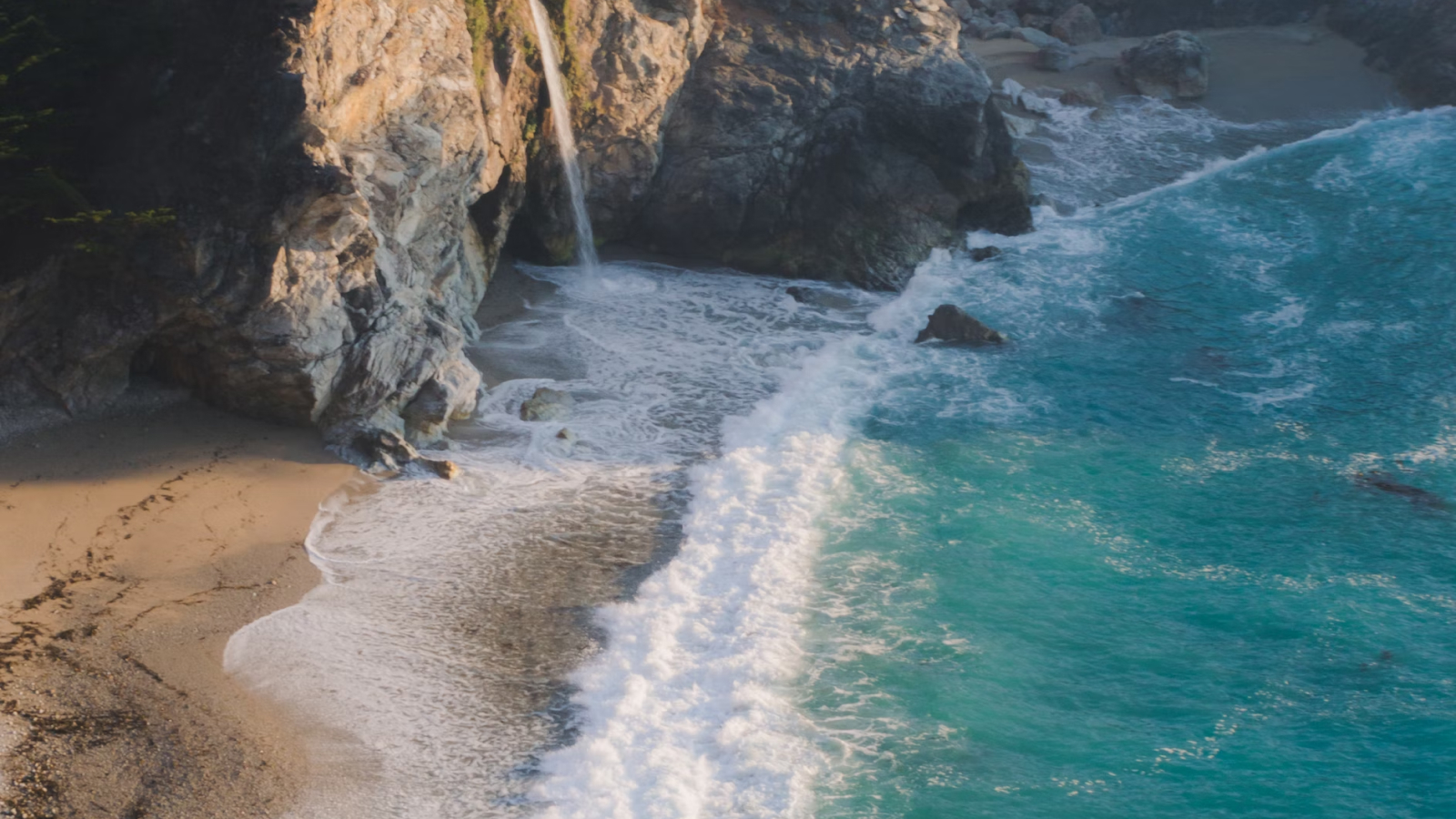Issue
New Jersey’s maritime economy is sustained by a healthy coastal environment. To maintain their thriving coastal economy, officials needed to develop the proper tools to identify beneficial coastal restoration and enhancement projects.
Process
Led by the New Jersey Chapter of The Nature Conservancy, the New Jersey Coastal Resilience Network successfully competed for resilience funding from NOAA in the wake of Superstorm Sandy. The funding supported the development of the Restoration Explorer, a coastal resilience decision-support tool to help communities identify nature-based solutions to coastal hazards. This tool provides publicly accessible data and information to facilitate the design and implementation of resilience projects using ecological, social, and economic data sets, and a site’s physical characteristics. Such restoration projects could include bio-log living shorelines, oyster reefs, beach restorations, salt marsh enhancements, and other natural features. A future habitat application was also created to help visualize areas of salt marsh most likely to succumb to sea level rise by 2050, which will help prioritize areas that could be further examined for restoration or enhancement.
Impact
The New Jersey Coastal Resilience Network project provided a common set of metrics and a tool to measure the ecological, economic, and social benefits of coastal resilience projects across the state. This is enabling partners to make the case for increased investment in restoring coastal habitats as a means of reducing future climate risks. The project also supported the development of a community resource guide by directly engaging 19 coastal communities to identify living shoreline projects. Since the completion of the project, partners have continued to use the tool to engage over 30 communities around living shoreline projects, and to assist as well as key stakeholders into identifying potential marsh restoration projects that beneficially use clean dredge material to boost low-laying salt marshes. (2019)

